Everything you need to know about Dell Technologies
An brief guide to Dell Technologies, a leading force in personal computing and a powerhouse in enterprise solutions
Rene Millman
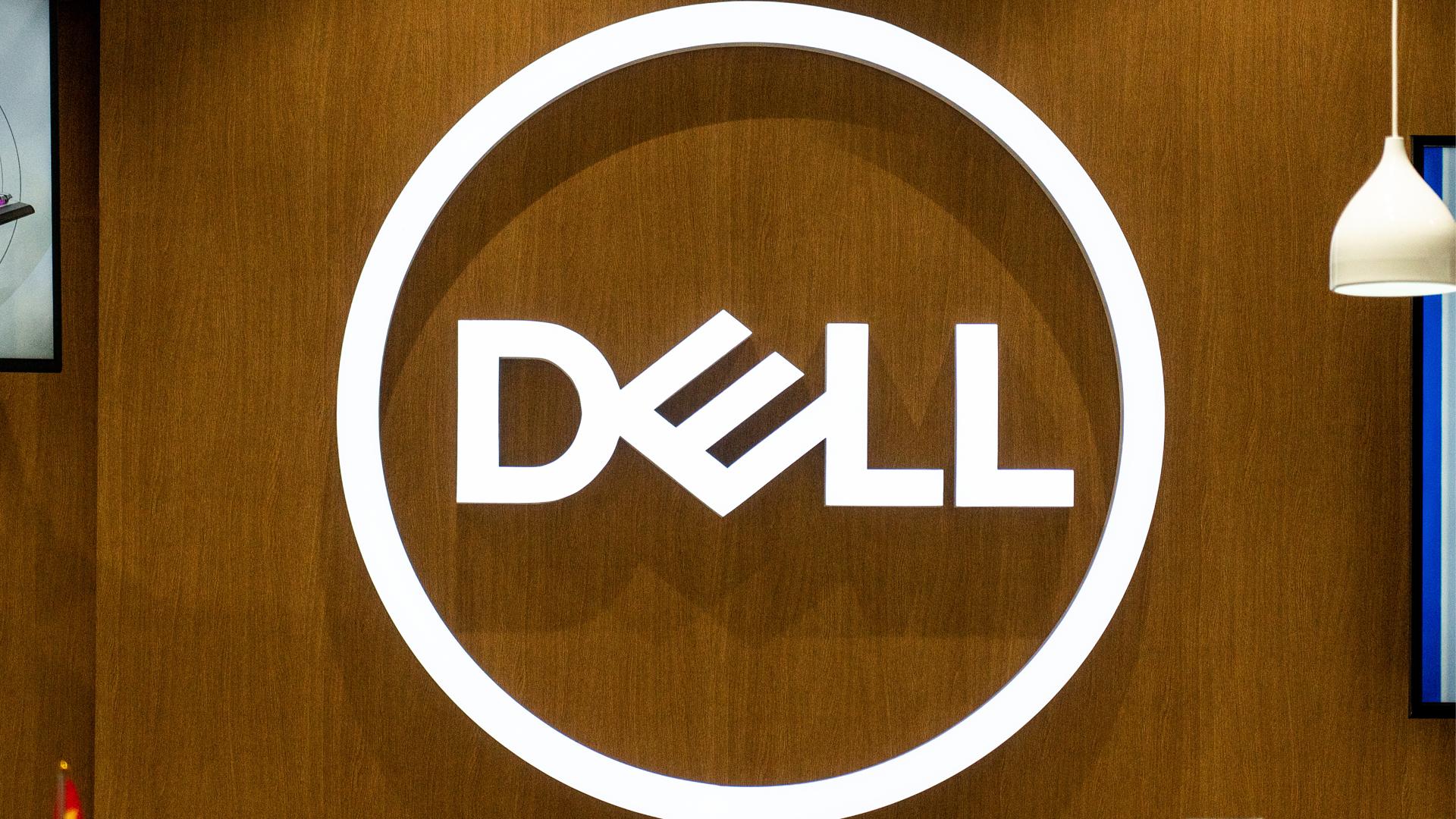
Michael Dell’s university dorm-room venture has scaled into a global powerhouse. As of January 2025, Dell Technologies posted annual revenues of approximately $95.6 billion, up around 8% year-over-year, reversing a decline the previous year (FY 2024: $88.4 billion). The Infrastructure Solutions Group, comprising servers, storage, and networking, emerged as the growth engine, fuelled by booming demand for AI-optimised servers.
Under Michael Dell (Chairman and CEO), alongside vice chair and COO Jeff Clarke, Dell Technologies continues to evolve well beyond its PC origins. Projects like the Dell Apex XaaS portfolio and deepened strategic partnerships, most notably with Nvidia, position Dell as a key player in enterprise-scale cloud, AI, and multi-cloud infrastructure.
The company’s global workforce remains steady at around 120,000 employees, while its commanding presence in enterprise desktop, workstation, and gaming monitor markets reflects its enduring hardware legacy, now infused with software, services, and sustainability ambitions.
A quick history of Dell
Quick facts about Dell Technologies
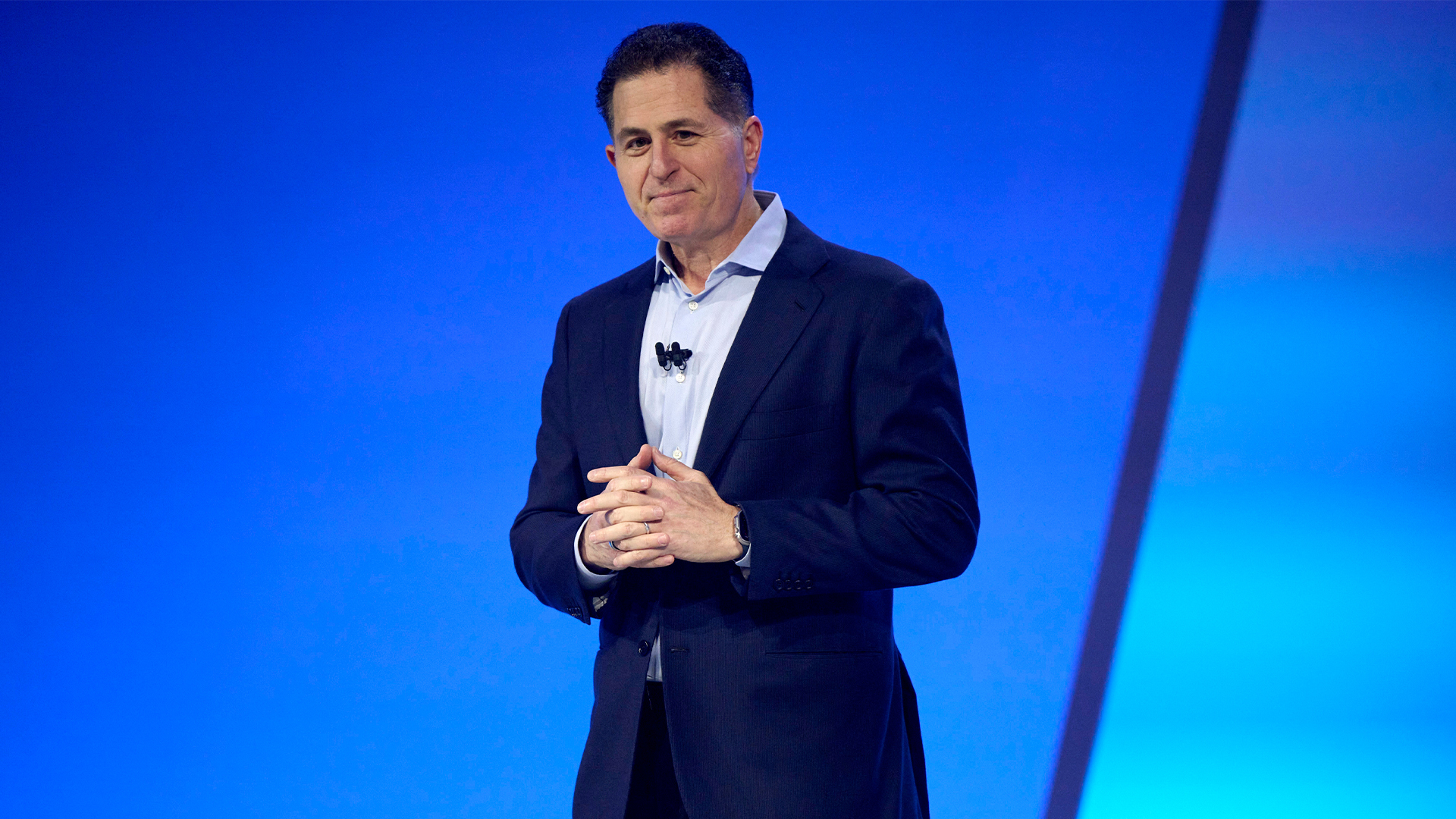
When Michael Dell started the company in 1984, he likely didn’t anticipate leaving university after his first year to run it full-time. His vision was to sell IBM-compatible PCs directly to consumers, assembling each machine from stock components to better match customer needs. This innovative approach allowed customers to select options tailored to their preferences, setting Dell apart in a rapidly growing market.
In 1985, Dell introduced its first in-house designed computer, powered by an Intel processor, and priced competitively at $795. By the end of its first full year, PC’s Limited had generated an impressive $73 million in revenue. In 1987, the company rebranded as Dell Computer Corporation and launched its first international subsidiary in the UK. A year later, fueled by an 80% growth rate, Dell went public. The company expanded its manufacturing footprint, opening a center in Ireland in 1990 to better serve customers across Europe, the Middle East, and Africa (EMEA).
As the internet gained momentum, Dell embraced e-commerce in 1996, one of the first in its industry to do so. The success of its online sales model spurred further international expansion, including a significant push into the Asia-Pacific market.
By the turn of the millennium, it would have manufacturing centers in China, Ireland, Brazil, and the United States. By 2001, Dell would become the number one computer systems provider worldwide; this year would also mark the beginning of its relationship with EMC, the data storage experts founded back in 1979.
Sign up today and you will receive a free copy of our Future Focus 2025 report - the leading guidance on AI, cybersecurity and other IT challenges as per 700+ senior executives
While rivals such as Compaq, Gateway, and Packard Bell faltered, Dell continued to innovate across markets. In 2003, another rebrand would create Dell Inc., in recognition of its growing product line, such as the first Dell brand printers.
In 2006, Dell bought gaming hardware specialists Alienware. The same year, it saw growth stall and lost its title of the largest PC manufacturer to Hewlett Packard.
The late 2000s were challenging. Downsizing and closures reduced headcount at the company and the release of Apple’s first iPad tablet cannibalised PC sales. Dell Technologies’ own attempts to create a popular handheld with the Dell Streak were not commercially successful and its PC business declined.
But in 2013, things began to turn around. This was the year Michael Dell bought the company back from shareholders with help from a private equity firm, with a vision to focus on innovation.
Three years later in 2016, Dell merged with EMC to create Dell Technologies, a deal that then was the biggest in tech history. EMC had an 80% equity stake in VMware, which passed into the hands of Dell Technologies. VMware was held as a separate company until it successfully spun off from Dell in 2021.
In 2021, Dell Technologies also released Dell Apex, its anything as a service (Xaas) portfolio that covers cloud, storage, and infrastructure.
In 2022, Dell Technologies introduced new advancements to its Apex portfolio, expanding its 'as-a-service' offerings to meet increasing demand for flexible cloud and infrastructure solutions. The company also continued to invest heavily in artificial intelligence (AI) and multi-cloud capabilities, positioning itself as a major player in AI-ready infrastructure. In 2023, Dell executed its largest-ever expansion of Apex, with a focus on facilitating multi-cloud deployments that allow customers to streamline management across diverse cloud environments.
With the growing demand for AI-driven data centers, 2024 saw a strategic partnership with Nvidia to support AI workloads. Ahead of the 2024 Dell Technologies World conference, the company’s stock hit an all-time high, driven by expectations of increased demand for its AI servers designed with NVIDIA GPUs.
In 2025, Dell further cemented its position as a top provider of enterprise AI solutions by unveiling the next generation of the Dell AI Factory with Nvidia. This initiative introduced new infrastructure, including the PowerEdge XE9780 and XE9785 servers (with up to 192 Nvidia Blackwell Ultra GPUs per rack) and advanced liquid-cooling technologies delivering up to four times faster large language model training and greater energy efficiency. The expanded partnership also brought new managed services and integrated networking solutions, enabling organizations to deploy, scale, and manage AI at every stage of development.
At Dell Technologies World 2025, CEO Michael Dell and Nvidia CEO Jensen Huang emphasized that AI is the most significant technological shift of the decade, with Dell positioned as the “grid powering this transformation”. By mid-2025, the Dell AI Factory with Nvidia had already attracted more than 3,000 customers, reflecting Dell’s enduring influence and adaptability in the rapidly evolving landscape of enterprise AI infrastructure.
What does Dell Technologies sell?
Dell Technologies provides a range of technology products and services for both individual consumers and enterprise clients. The company's computing lineup is structured into categories for consumer use (Dell), business laptops and productivity (Dell Pro), and high-performance workloads (Dell Pro Max), incorporating processors from Intel, AMD, and Qualcomm.
A recent addition to its product line is a series of AI-enabled PCs. These laptops and workstations feature built-in Neural Processing Units (NPUs) to support AI inferencing and platforms like Copilot+. The devices are designed with features aimed at portability and durability, including extended battery life, modular components, and specific thermal and display technologies. Dell also produces a variety of monitors and peripherals, with display options that include IPS Black and QD-OLED technologies.
For enterprise customers, Dell offers servers, storage solutions, and networking equipment. Through a partnership with Nvidia, the company provides infrastructure optimized for AI and machine learning, equipping its servers with Nvidia GPUs to support AI-driven data centers. This focus extends to its "Dell AI Factory with Nvidia" initiative, which is designed to support the full lifecycle of AI deployment, from training to inference.
Beyond hardware, the company provides professional services for managing multi-cloud environments, data, applications, and security. It also offers Dell Apex, an infrastructure-as-a-service platform that allows customers to manage on-premises and cloud resources on a self-service basis. This service is available in the US, UK, France, Germany, and other countries throughout Europe and the Asia-Pacific region. In essence, Dell Technologies' business encompasses hardware, professional services, and infrastructure solutions, with a significant operational focus on AI.
Like many in the tech sector, Dell is also heavily invested in generative AI. Customers can expect to make use of Dell services that support AI strategies, training, and deployment, including the use of chatbots for customer service or AI models for coding.
Dell has partnered with Nvidia to offer AI- and ML-optimised infrastructure. The latest Dell AI Factory portfolio features PowerEdge XE9780/XE9785 servers equipped with Nvidia Blackwell Ultra GPUs and liquid‑cooling, supporting rack densities of up to 256 GPUs, delivering up to 4× faster large-language-model training versus previous generations.
The strategy is paying off. In Q1 FY 2026, Dell secured $12.1 billion in AI server orders and recorded a $14.4 billion AI infrastructure backlog, far exceeding prior $10 billion forecasts.
Dell Technologies M&A activity
Dell Technologies has a rich history of mergers and acquisitions, using strategic investments to strengthen its position across diverse technology sectors. Beyond major acquisitions like EMC in 2016, which positioned Dell as a leader in enterprise storage, and Alienware in 2006, which solidified its dominance in gaming hardware, Dell has pursued a targeted M&A strategy to enhance its offerings in cloud, security, and data analytics.
According to its Investment Thesis, Dell focuses on "leveraging our strengths to extend our leadership positions and capture new growth opportunities". This includes investments to create a resilient and agile supply chain capable of adapting to global fluctuations and market disruptions.
Over the years, Dell has acquired a variety of companies to broaden its capabilities:
- EqualLogic (2008): Strengthening Dell’s position in storage with iSCSI storage solutions for enterprise-level applications.
- Boomi (2010): Expanding into cloud integration with Boomi’s platform-as-a-service, a foundational asset in Dell's hybrid and multi-cloud strategies.
- SonicWall (2012): Enhancing Dell’s security portfolio with next-generation firewall and cybersecurity solutions, bolstering its network security capabilities.
- StatSoft (2014): Adding advanced analytics and data science tools, enabling Dell to support clients in predictive analytics and big data processing.
- EMC Corporation (2016): In a landmark deal, Dell acquired EMC Corporation for $67 billion, marking the largest tech acquisition to date. This acquisition included EMC's 80% stake in VMware, a leader in virtualization and cloud infrastructure.
- Cloudify (2023): Dell acquired Cloudify, a cloud orchestration startup, to enhance its cloud management solutions.
In recent years, Dell has continued this trend with acquisitions aligned with its focus on cloud computing, AI, and cybersecurity. The spinoff of VMware in 2021, after previously holding an 80% stake, provided Dell with capital to further invest in these key areas while allowing VMware to operate more independently.
This targeted acquisition approach is part of Dell’s broader strategy to position itself as a leader in multi-cloud, edge computing, and AI-ready infrastructure. It remains focused on M&A opportunities that align with emerging technologies and customer needs, enabling Dell to continue innovating and expanding its market reach.
As Dell Technologies moves through 2025, its M&A strategy continues to evolve alongside rapid advancements in enterprise AI and multi-cloud solutions. While the broader technology sector has experienced fluctuations in deal volumes due to economic uncertainty, Dell remains disciplined in its approach to acquisitions, focusing on companies and technologies that complement its core strengths in infrastructure, software, and professional services.
The 2023 acquisition of Cloudify, a cloud orchestration startup, exemplifies this strategy by enhancing Dell’s cloud management capabilities and supporting its multi-cloud ambitions. Recent developments—including the launch of new AI-powered infrastructure and strengthened partnerships with industry leaders—underscore Dell’s dual commitment to both organic innovation and strategic acquisitions as drivers of growth.
In keeping with its tradition, Dell is poised to pursue additional opportunities that reinforce its leadership in next-generation IT infrastructure and help customers fully leverage the potential of AI, cloud, and edge computing.
Doing business with Dell Technologies
According to the company’s mission statement, Dell sets "ambitious goals that reflect who we are and what we stand for, even when we don’t yet know the path forward". As the technology landscape evolves, Dell is committed to "innovating to achieve our goals and empower our customers to achieve theirs".
The company has established several core sustainability targets to be achieved by 2030. These include recycling or reusing an equivalent product for every unit sold, using 100% recycled or renewable materials in its packaging, and ensuring over 50% of its product content comes from recycled or renewable sources.
In collaboration with Intel, Dell unveiled Concept Luna in 2022, a sustainable PC prototype designed to minimize environmental impact. Luna’s modular architecture eliminates adhesives and reduces the number of screws, making the device easy to repair and dismantle. This design also aims to extend the life cycle of components, promoting reusability and supporting a more circular economy in tech.
Dell has further embraced a "multi-cloud by design" strategy, with its Apex platform undergoing a significant expansion in 2023. Apex now offers a broader range of services, giving customers seamless multi-cloud solutions for their IT needs.
Dell Technologies World 2024 and 2025 underscored Dell’s focus on AI infrastructure and strategic partnerships. During these events, Dell highlighted its deepening collaboration with Nvidia to address surging demand for AI servers. Analysts project that Dell’s AI server division, bolstered by this demand, could generate $10 billion in revenue by fiscal 2025.
Dell continues to push the boundaries in sustainable design, AI-driven infrastructure, and multi-cloud solutions. The company’s latest innovations — including new AI PCs, advanced liquid-cooling technologies, and a growing portfolio of energy-efficient products—reflect its commitment to both sustainability and cutting-edge technology. Dell’s leadership in the enterprise AI and cloud markets, as well as its sustainability agenda, position it at the forefront of the IT industry’s transformation for the coming decade.
Jonathan Weinberg is a freelance journalist and writer who specialises in technology and business, with a particular interest in the social and economic impact on the future of work and wider society. His passion is for telling stories that show how technology and digital improves our lives for the better, while keeping one eye on the emerging security and privacy dangers. A former national newspaper technology, gadgets and gaming editor for a decade, Jonathan has been bylined in national, consumer and trade publications across print and online, in the UK and the US.
-
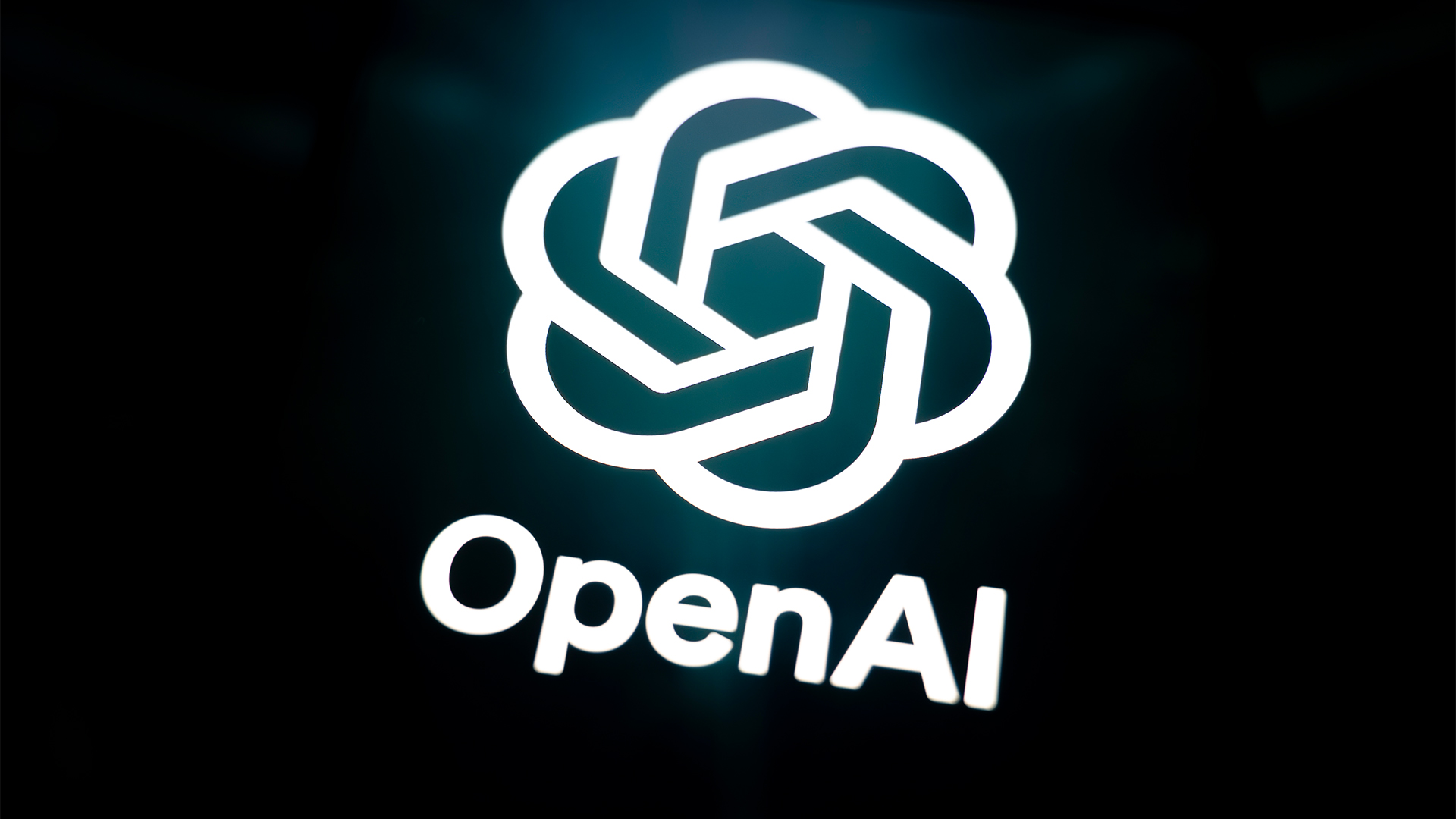 OpenAI's 'Skills in Codex' service aims to supercharge agent efficiency for developers
OpenAI's 'Skills in Codex' service aims to supercharge agent efficiency for developersNews The Skills in Codex service will provide users with a package of handy instructions and scripts to tweak and fine-tune agents for specific tasks.
-
 Cloud infrastructure spending hit $102.6 billion in Q3 2025
Cloud infrastructure spending hit $102.6 billion in Q3 2025News Hyperscalers are increasingly offering platform-level capabilities that support multi-model deployment and the reliable operation of AI agents
-
 Why a Dell Pro laptop is all you need and more for 2026
Why a Dell Pro laptop is all you need and more for 2026With built-in NPUs and sturdy portability, Dell Pro laptops are a reliable tool for the future of productivity
-
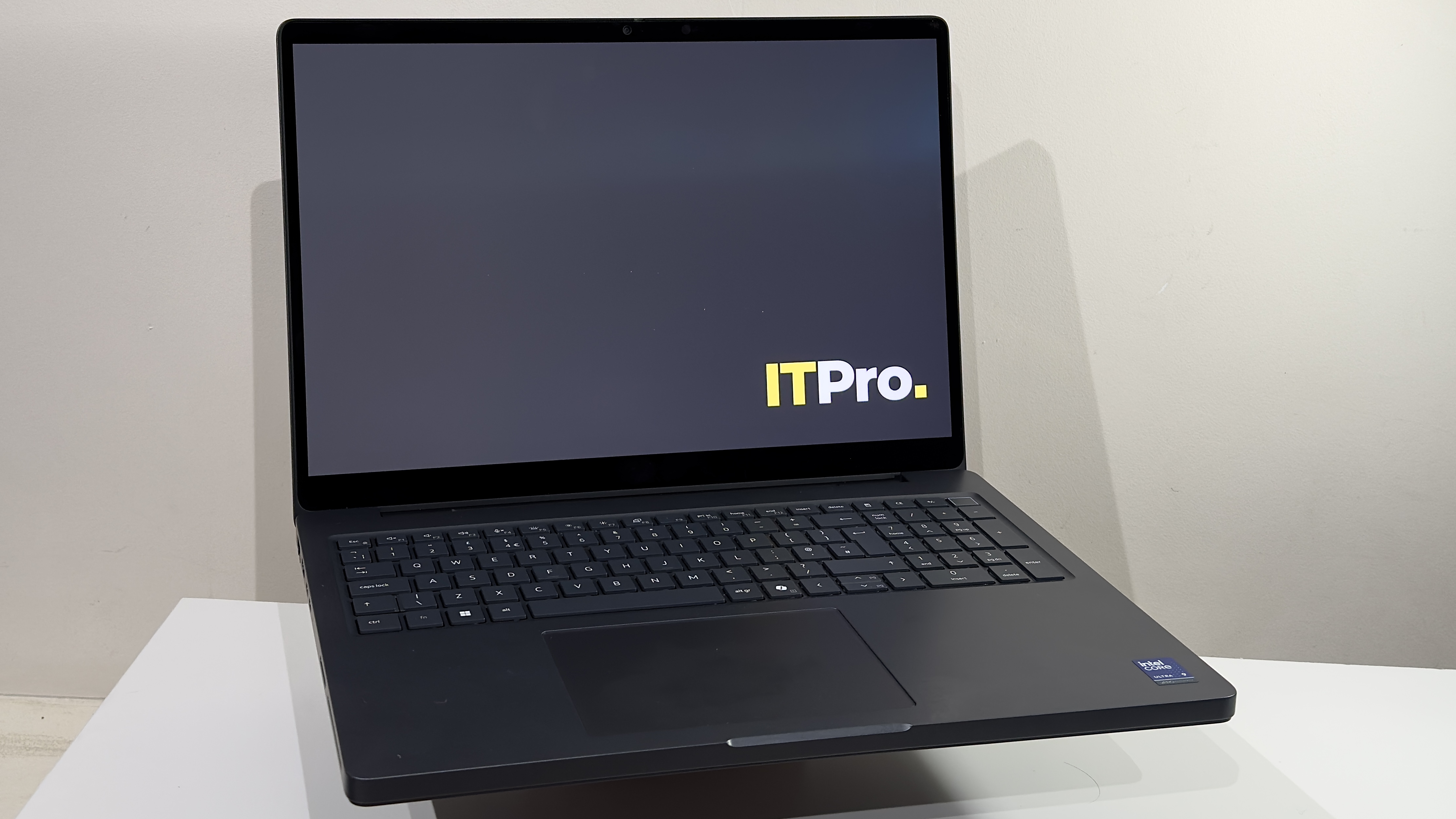 The Dell Pro Max 16 Plus is a superb mobile workstation with one major flaw
The Dell Pro Max 16 Plus is a superb mobile workstation with one major flawReviews The Pro Max 16 ticks almost all the mobile workstation boxes, but you'll need to love numeric keypads
-
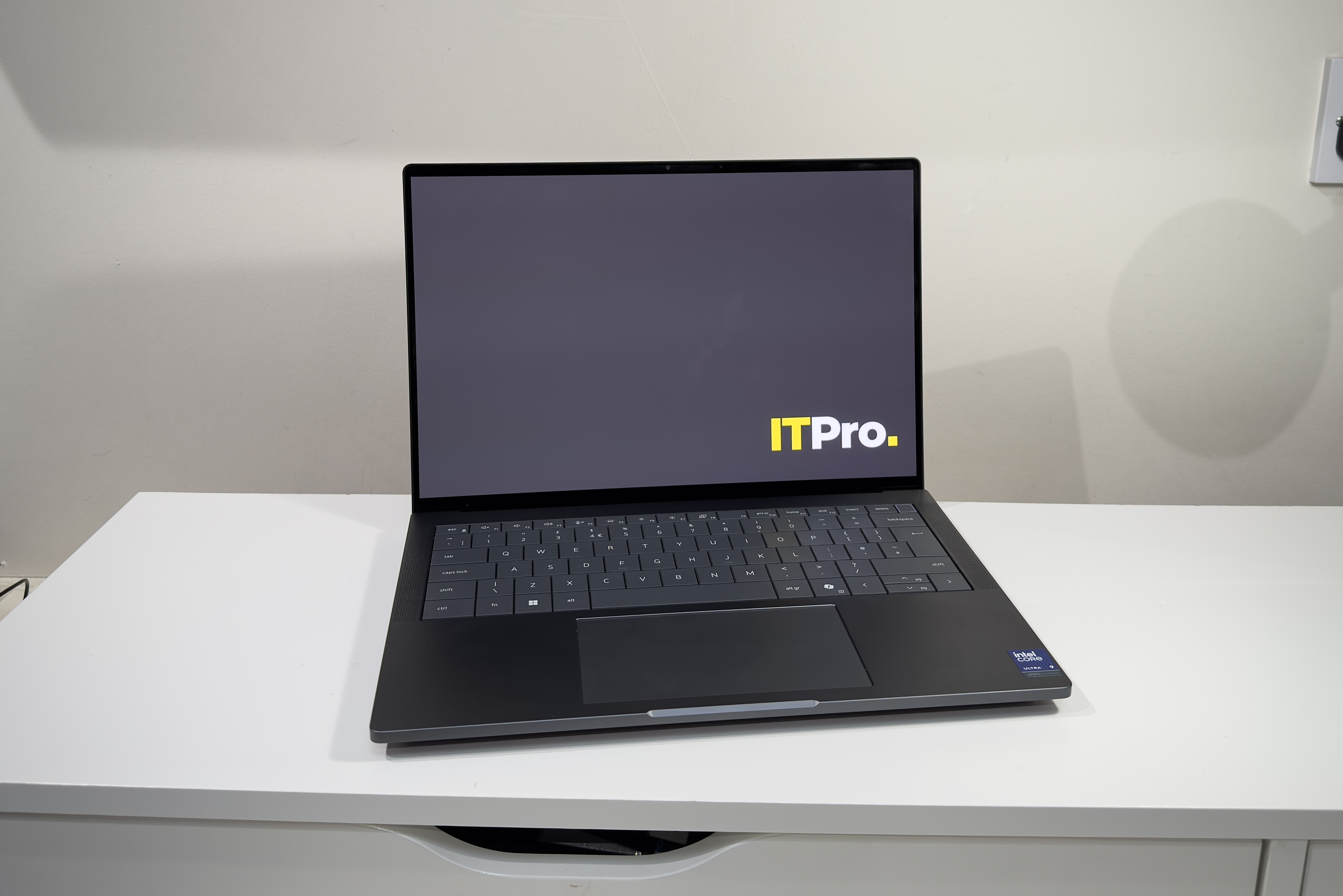 The Dell Pro Max 14 Premium laptop is a stunning, money-no-object 14-inch workstation – but there are some software niggles
The Dell Pro Max 14 Premium laptop is a stunning, money-no-object 14-inch workstation – but there are some software nigglesReviews The Pro Max 14 gets the Premium treatment, and it's a brilliant blend of power and portability
-
 Dell laptops: Are they worth the investment for business?
Dell laptops: Are they worth the investment for business?With optimized hardware for the best performance and battery life, Dell laptops quell common rumors about AI PCs
-
 High performance and long battery life: How Dell AI PCs offer the best of both worlds
High performance and long battery life: How Dell AI PCs offer the best of both worldsUnlocking the true potential of on-device AI requires a perfect balance between software and hardware
-
 Reassuringly expensive, but the Dell 14 Premium laptop is an XPS 14 by any other name
Reassuringly expensive, but the Dell 14 Premium laptop is an XPS 14 by any other nameReviews The Dell 14 Premium laptop aims for the stars, but design deja vu and unimpressive battery life see it fail to launch
-
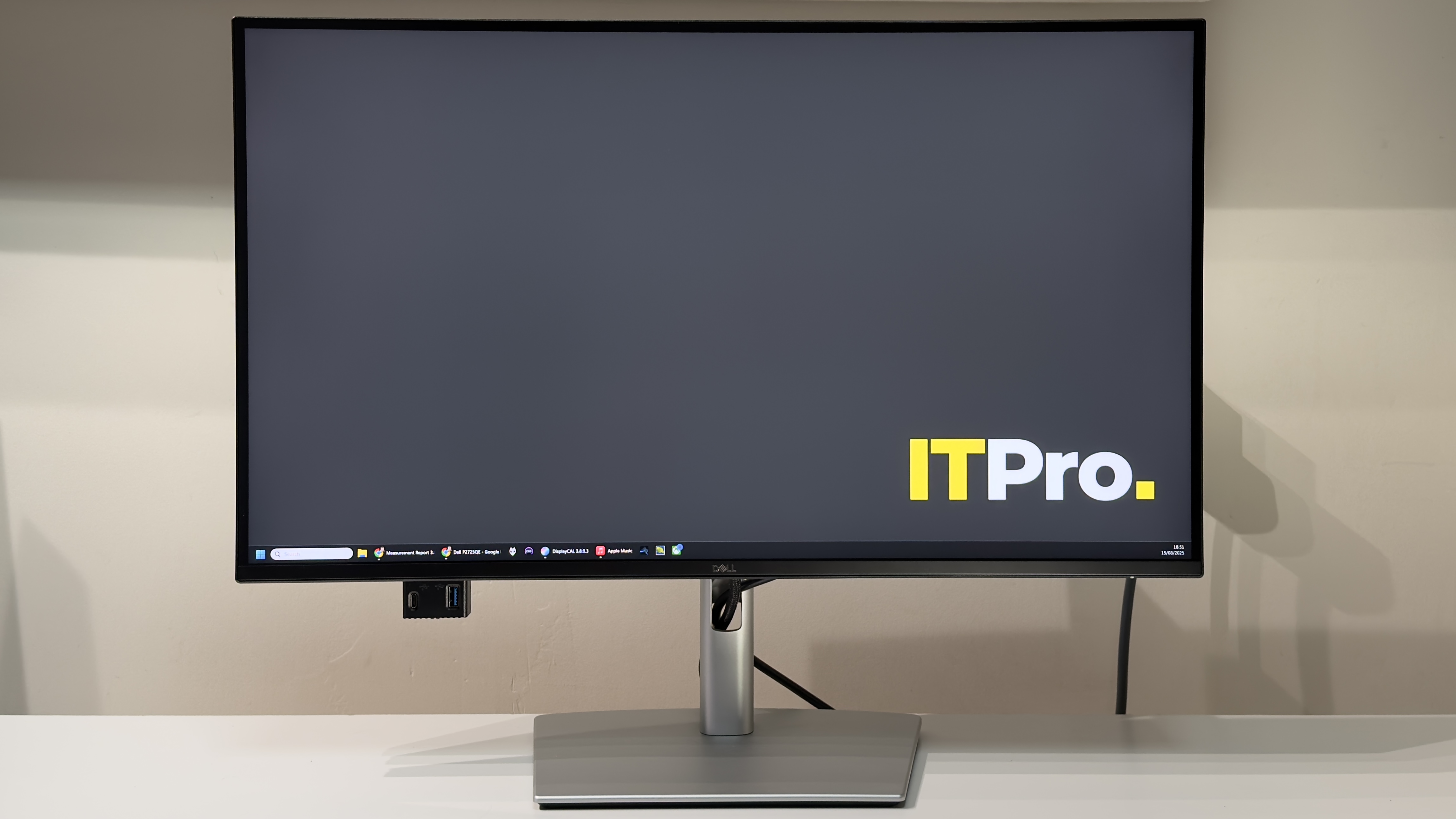 The Dell Pro 27 Plus is sharp, stylish, and oh-so-sensible – a nearly perfect business monitor
The Dell Pro 27 Plus is sharp, stylish, and oh-so-sensible – a nearly perfect business monitorReviews A very smartly attired monitor that offers a great balance of good-enough image quality, connectivity, and ergonomics
-
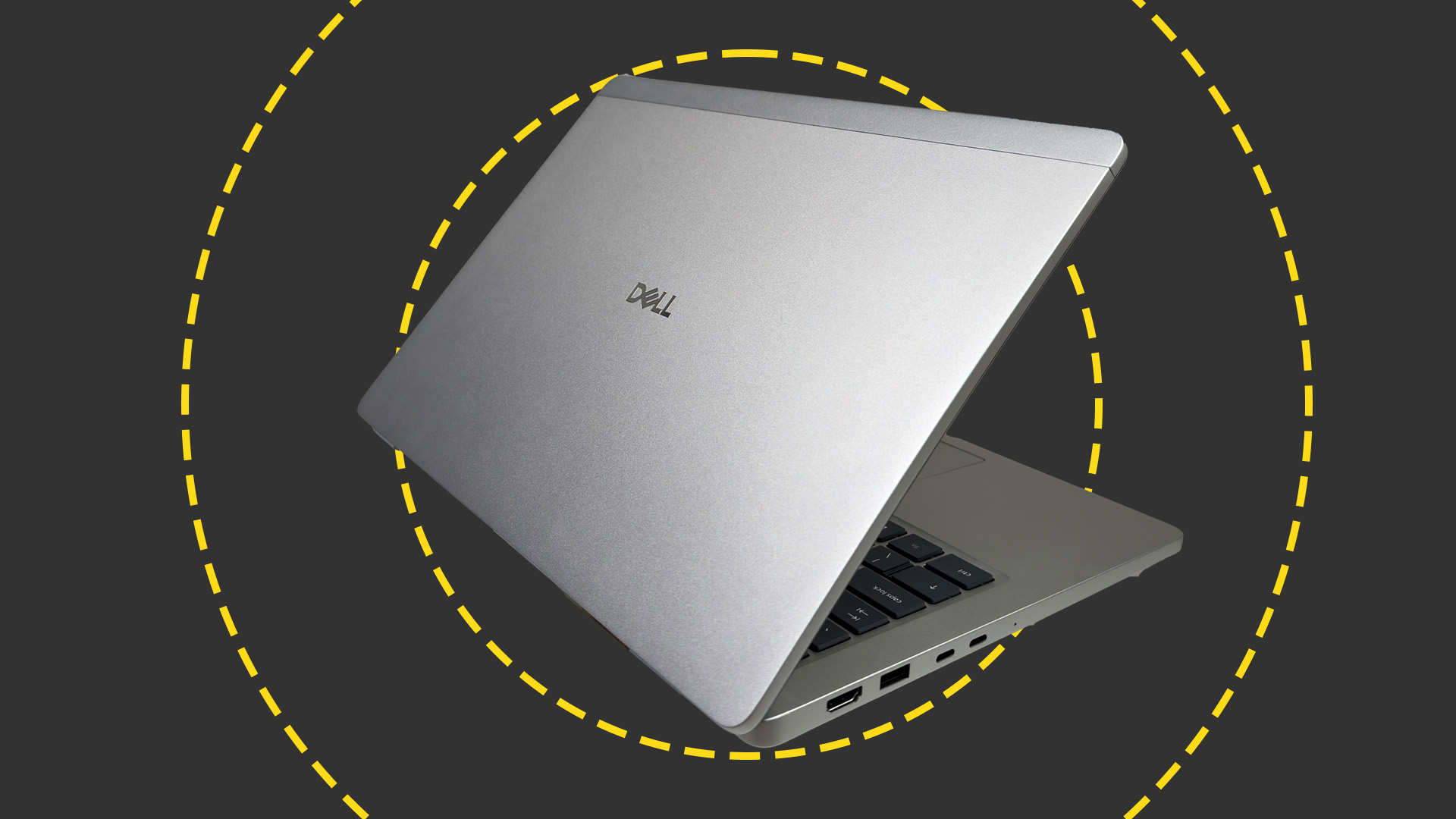 The Dell Pro 14 Plus laptop is a pro that comes with cons
The Dell Pro 14 Plus laptop is a pro that comes with consReviews A solid business laptop, but awkward pricing and bland design see it struggle to make a mark